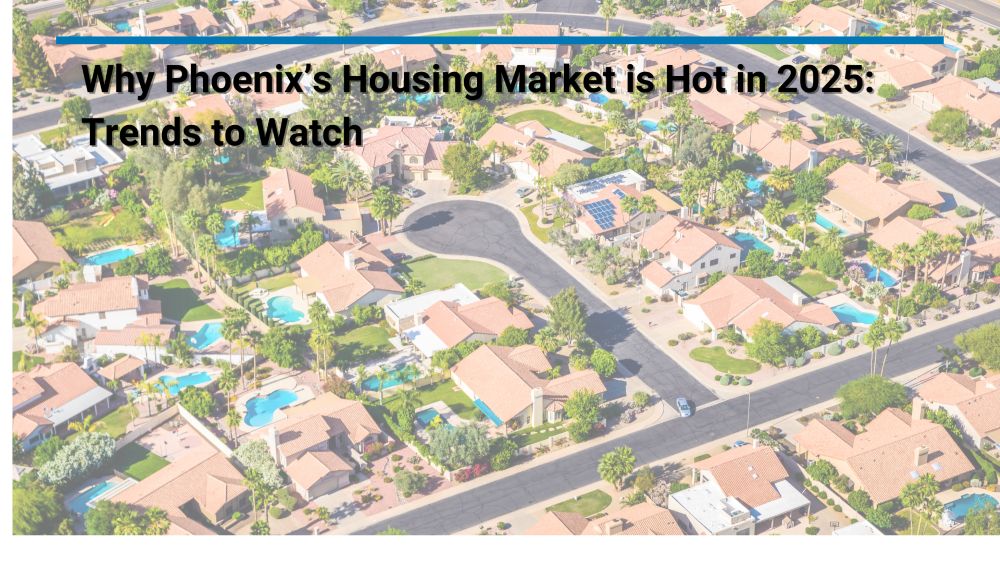Phoenix’s housing market in 2025 is a dynamic landscape, attracting buyers and investors with its blend of affordability, population growth, and economic resilience. By analyzing current market data, including inventory levels and price trends, we can uncover why Phoenix remains a hotspot and what trends to watch for informed decision-making.
Inventory Levels: A Shift Toward Balance
As of Q1 2025, Phoenix’s housing inventory has seen significant growth, with active listings climbing 54.3% year-over-year to over 23,500 homes in the metro area. This marks the highest inventory since 2017, with a 32.7% increase in homes for sale (5,224 total) and a 10.4% rise in new listings (2,042 properties). Despite this surge, demand remains robust due to Phoenix’s population growth (1.6 million in the city, 4.8 million in the metro area) and economic expansion, driven by sectors like technology and healthcare. However, the market is shifting toward balance, with months of supply increasing and days on market rising to 53 days, up 20.5% from last year. This gives buyers more negotiating power compared to the frenzied pandemic-era market.
Price Trends: Moderation Amid Growth
The median home price in Phoenix as of May 2025 is approximately $450,000, down 2.9% from last year, signaling a slight cooling from the 2022 peak (down 6.9% since June 2022). However, forecasts predict moderate appreciation of 3.5% to 5.5% through 2026, driven by steady demand and limited new construction failing to keep pace with population growth.
Neighborhoods like South Phoenix, Maryvale, and Peoria Corridor offer strong appreciation potential, with favorable rent-to-price ratios for investors. Despite recent price softening in areas like Mesa and Gilbert (down up to 15% in some segments), well-priced homes still sell close to asking price (98% of list price on average).
Why Phoenix Stays Hot
Phoenix’s appeal lies in its affordability compared to coastal metros like Los Angeles or San Francisco, with a cost of living only 6.3% above the national average. The city’s year-round sunshine, diverse economy (including major employers like Intel and TSMC), and lifestyle amenities draw in-migration from higher-cost states. The rental market also bolsters investment opportunities, with average rents at $1,646/month (up 1.2% year-over-year) and a landlord-friendly regulatory environment with no rent control.
Key Trends to Watch
Buyer-Friendly Shift: Increased inventory and longer days on market (35-58 days) suggest buyers have more leverage, especially for properties needing price reductions (31.3% of listings).
Rental Demand: High mortgage rates (6.63% for 30-year fixed) keep many in the rental pool, driving demand for single-family rentals and build-to-rent communities.
New Construction: Over 20,000 new units are expected by 2024, with 60,833 projected by 2028, but supply still lags demand.
Neighborhood Dynamics: Focus on up-and-coming areas like North Mountain or Peoria for value and growth potential.
Tips for Buyers and Investors
Buyers: Leverage the increased inventory to negotiate better deals, especially in softening markets like Tempe or Scottsdale. Pre-approval and working with a local agent can streamline the process.
Investors: Target neighborhoods with high rental demand and cap rates (5.5%–6.8%). Consider long-term appreciation over short-term flips due to moderated price growth.
Phoenix’s housing market in 2025 offers a balanced yet opportunity-rich environment. By staying informed on inventory and price trends, buyers and investors can capitalize on the city’s growth while navigating its evolving dynamics.


